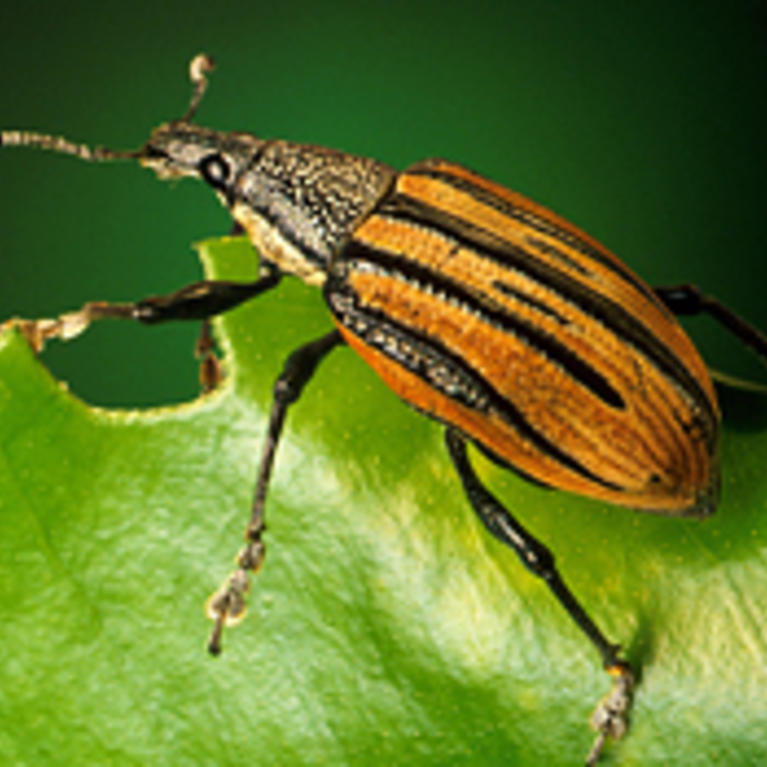
CISR: Diaprepes Root Weevil
The Situation: Diaprepes root weevil is a large (3/8-3/4 inch long) colorful weevil with color forms that range from gray to yellow to orange and black. Diaprepes is originally from the Caribbean and was introduced into Florida in the 1960s. The larval stage feeds on roots and causes serious damage to ornamentals, citrus and a...
By CISR Team |
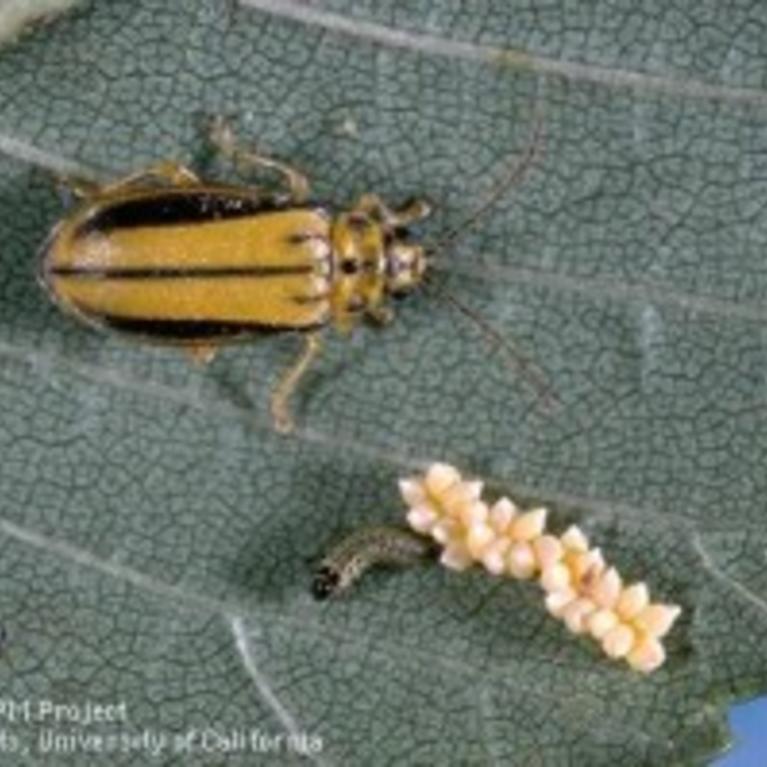
CISR: Elm Leaf Beetle
The Situation: Elms are a common shade tree planted throughout the U.S. and are valued for their large, high canopies and the shade they provide. The elm leaf beetle was accidentally introduced into the U.S. in the 1830s and is now one of the most important urban forest pests in California. Damage and Economic Impact:Both...
By CISR Team |
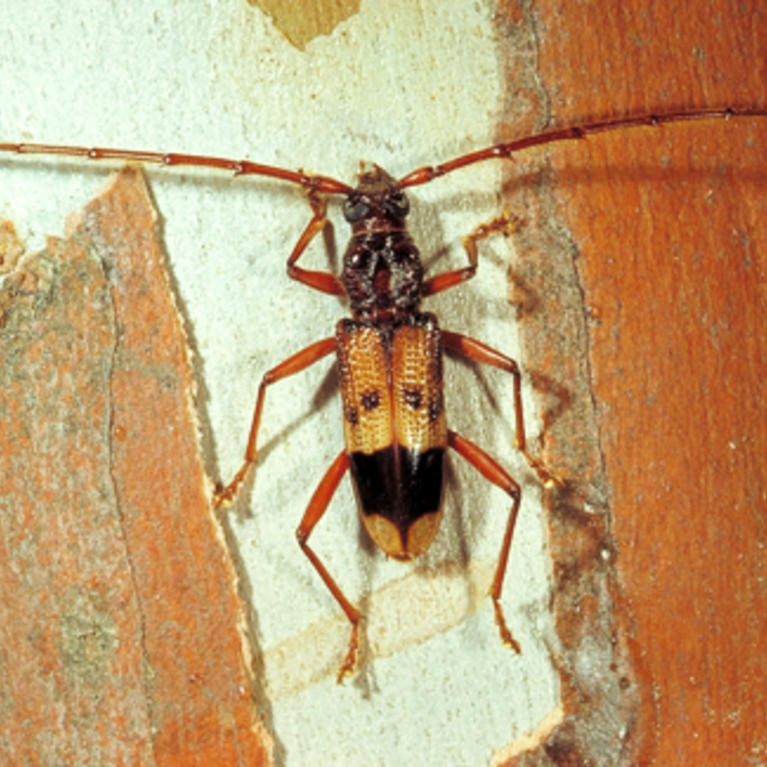
CISR: Eucalyptus Longhorned Borer
The Situation: Approximately 90 of the more than 700 species in the tree genus Eucalyptushave been introduced into North America over the last 150 years. Eucalyptusspp. are native to Australia and New Guinea. Many residents of California find the growth form, evergreen foliage, floral show, and other horticultural qualities such as drought tolerance highly desirable...
By CISR Team |
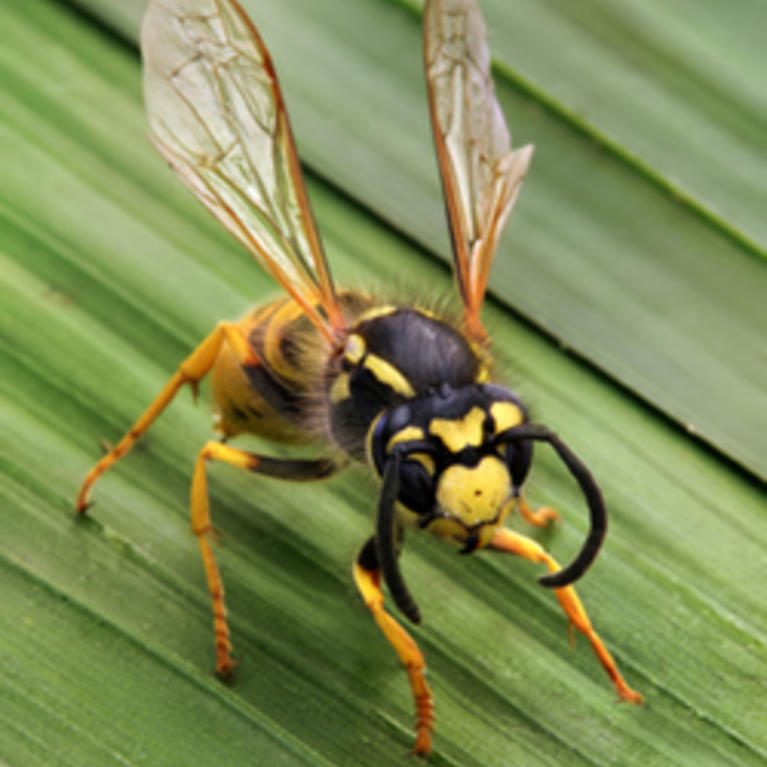
CISR: German Yellowjacket
The Situation: In southern California, the most widespread yellowjacket has historically been the native, western yellowjacket, Vespula pensylvanica. The German yellowjacket, V. germanica, became established in the Northeastern U.S. in the 1970s and then the Pacific Northwest in the 1980s where it spread down the coast. It reached southern California in 1991 becoming part of...
By CISR Team |
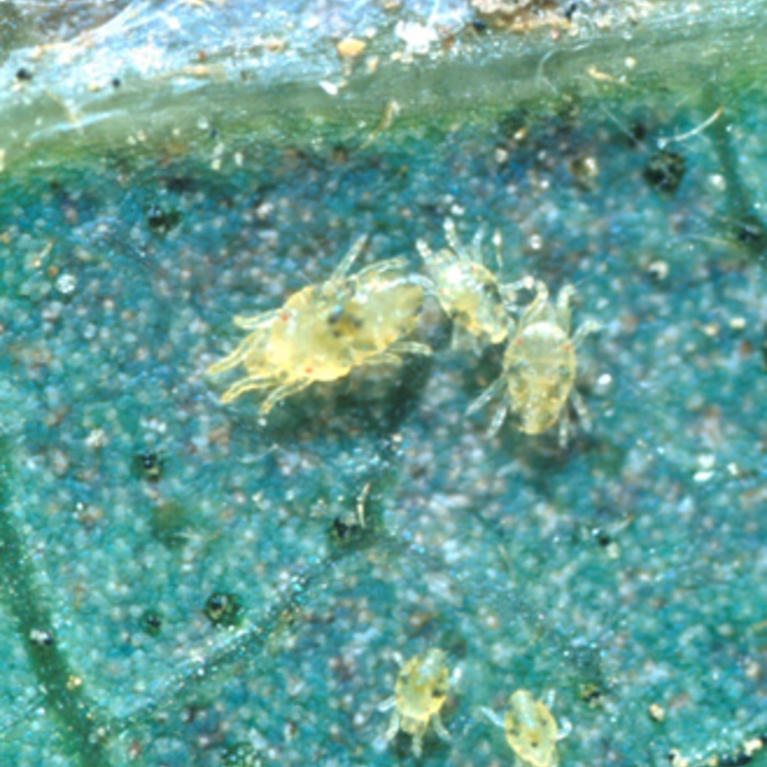
CISR: Persea Mites
The Situation: Persea mite, Oligonychus perseae, was first described in 1975 from specimens collected from avocado foliage intercepted from Mexico at an El Paso, Texas, quarantine facility. Persea mite is native to Mexico and damages avocados in arid regions, a pest in the state of Michoacan where Hass avocado production is greatest. Persea mite has...
By CISR Team |
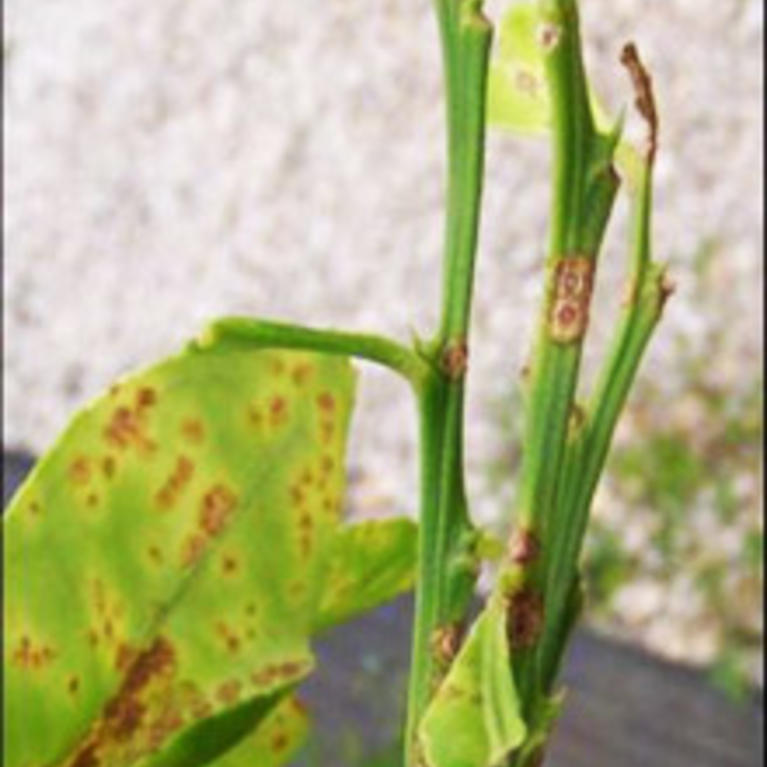
CISR: Asiatic Citrus Canker
The Situation: Asiatic citrus canker is a widespread bacterial disease in Asia and in certain other citrus-growing regions of the world. It was eradicated from the U.S. after its introduction in the early part of this century. New infestations of true Asiatic citrus canker have been recently detected in Florida, suggesting that the introduction of...
By CISR Team |
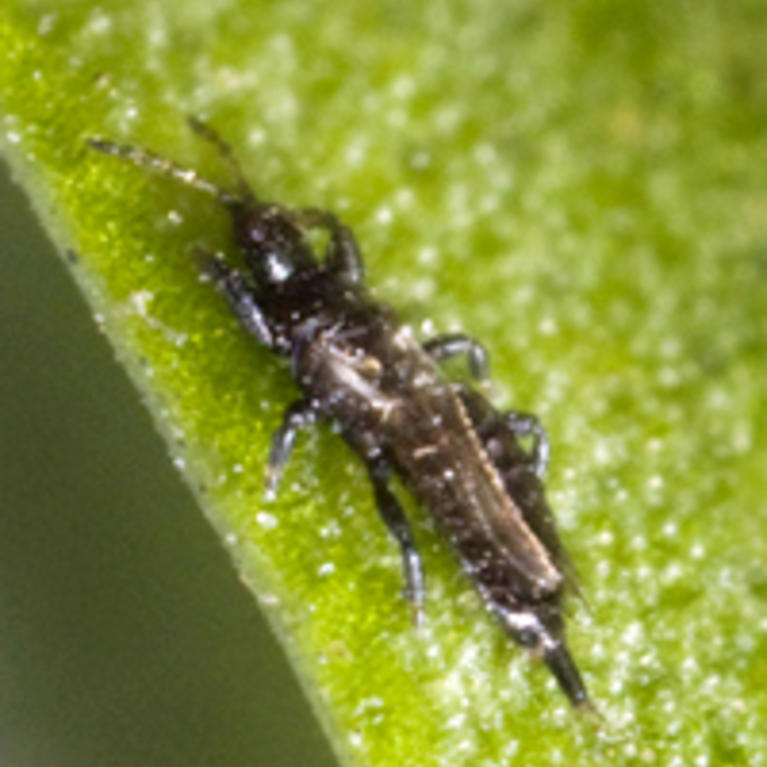
CISR: Myoporum Thrips
The Situation: In southern California, Klambothrips myopori Myoporum, a plant genus native to Australia and New Zealand. This thrips causes considerable leaf deformation through the feeding activity of larvae and adults. This pest is likely native to Australia or New Zealand where it is probably a specialist on members of Myoporum. Damage: The plant species...
By CISR Team |
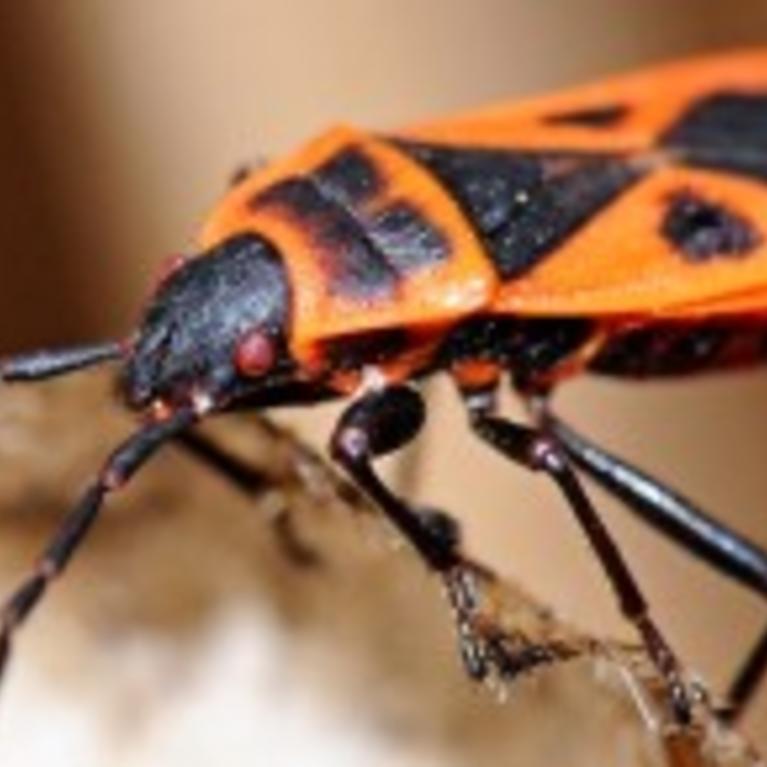
CISR: Red Bug
The Situation: Several species of brightly colored, ground dwelling bugs are familiar to California residents who observe the insects running over dry ground, feeding and migrating among urban vacant lots and weedy fields. Most familiar are those species with contrasting red and black coloration which feed upon developing or mature seeds and seed pods. The...
By CISR Team |
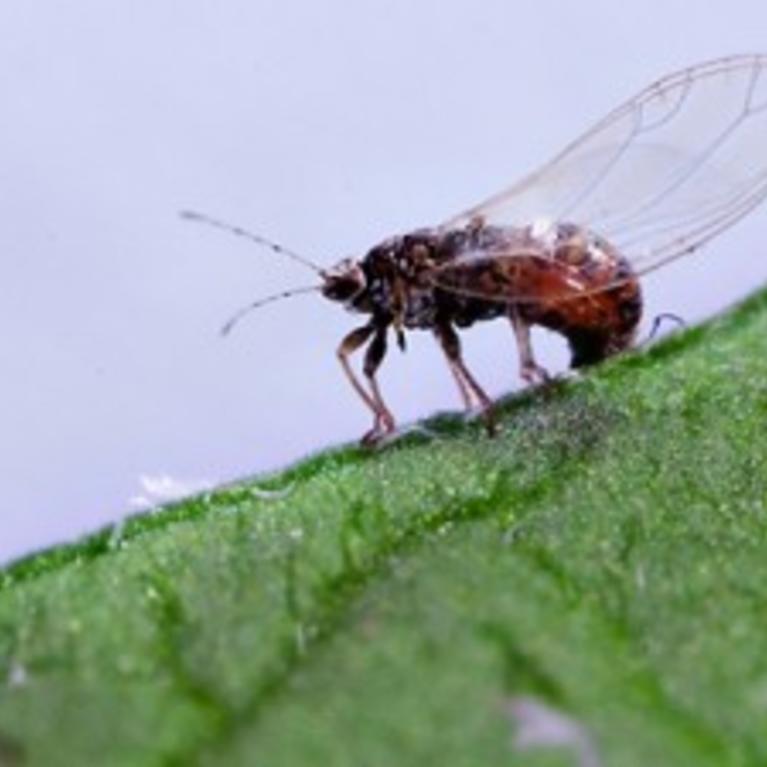
CISR: Potato Psyllid
The Situation: The potato psyllid is a major insect pest of solanaceous crops growing in Central and North America. Potato psyllid has historically been a sporadic pest in California, generally developing damaging populations for 6 months or a year and then disappearing for 20 or 30 years. However, since the year 2000, year-round populations have...
By CISR Team |
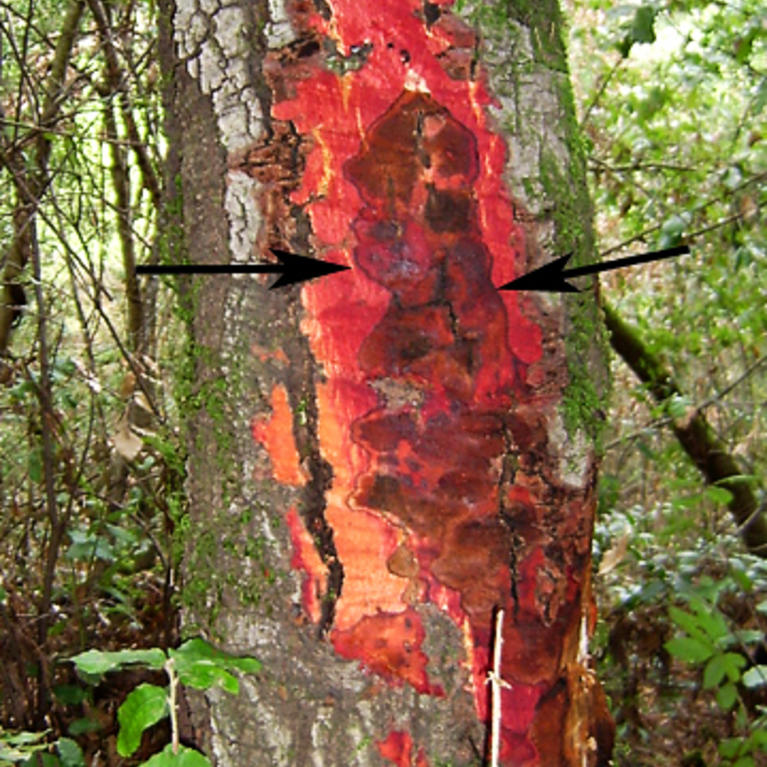
CISR: Sudden Oak Death
The Situation: Phytophthora ramorum is one of several species of related fungus-like water molds (oomycetes) that are pathogenic to plants. Another member of this group, P. infestans, is notable as the cause of the potato blight epidemics in Europe in the mid-1800s. More recently, P. ramorum has emerged as a major threat to California woodlands...
By CISR Team |
Let us help you with your search